Daraphirom Palace Museum
พิพิธภัณฑ์พระตำหนักดาราภิรมย์ เชียงใหม่
Daraphirom Palace Museum is a palace where Her Highness Princess Dara Rasmi used for various purposes and works. It was built soon after King Rama VI granted his permission for her to return to Chiangmai after the death of King Chulalongkorn. The Princess was deeply involved in the restoration and preservation of Northern Thai (Lanna) art and culture. She partook in efforts to promote Buddhism. She was also interested in agriculture and had an experimental garden, which she called “Suan Chao Sabai,” planted on the palace grounds, where she grew new varieties of roses sent to her by the Rose Growers Association of England. Her favorite was a large, fragrant, showy pink rose which she named “Chulalongkorn” in the honor of the King.
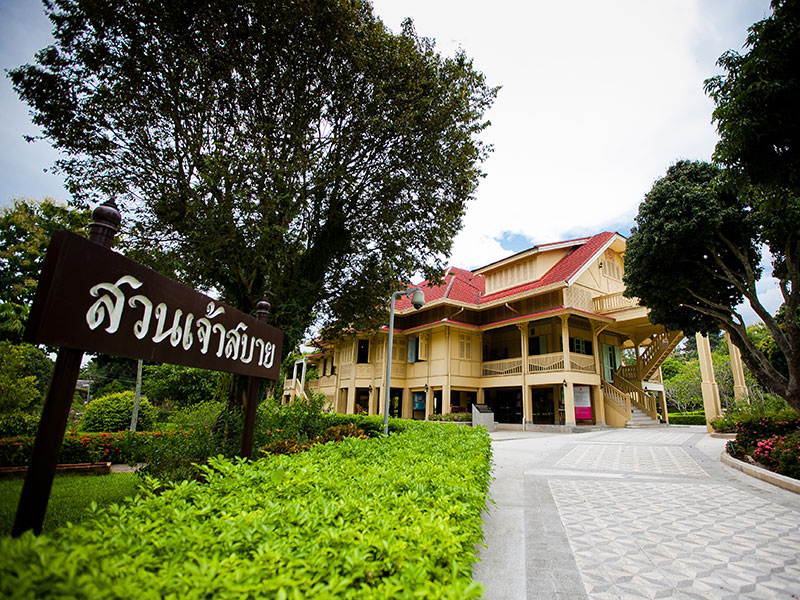
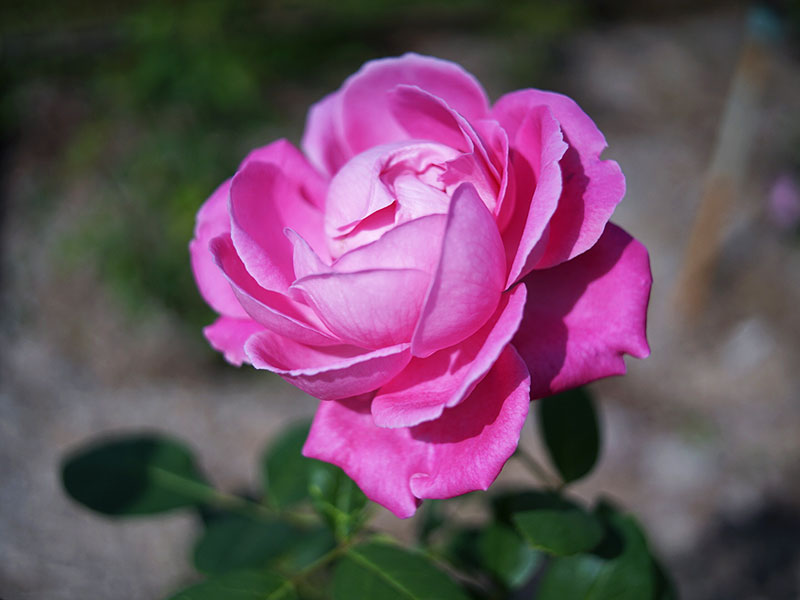
In her will, the Princess bequeathed Daraphirom Palace to her relatives before it was purchased by Chulalongkorn University. The Palace is a national treasure and part of Thailand’s rich cultural heritage, which Chulalongkorn University sees the importance of protecting. The University has carried out an extensive restoration to return the Palace to its original state. A decision was also made to open the Palace to the public as a museum, showcasing objects connected with the life and works of Princess Dara Rasmi. The University has been fortunate in receiving generous support for these efforts from members of the Northern nobilities, local business sector, and the general public, who have contributed much of the current collections in the museum
The museum was officially opened by Her Royal Highness Princess Galyani Vadhana on December 9, 1999, and has been open to the public. Chulalongkorn University also built Rasmi Thasana Building adjacent to Daraphirom Palace Museum to house rotating exhibits on the life of the Princess and Lanna arts and crafts, such as indigenous music and dance, and ceremonial flag and lantern making. The purpose of these activities is to ensure that these traditional arts and customs are kept alive for future generations. This palace was the last and best-loved residence of the Princess.
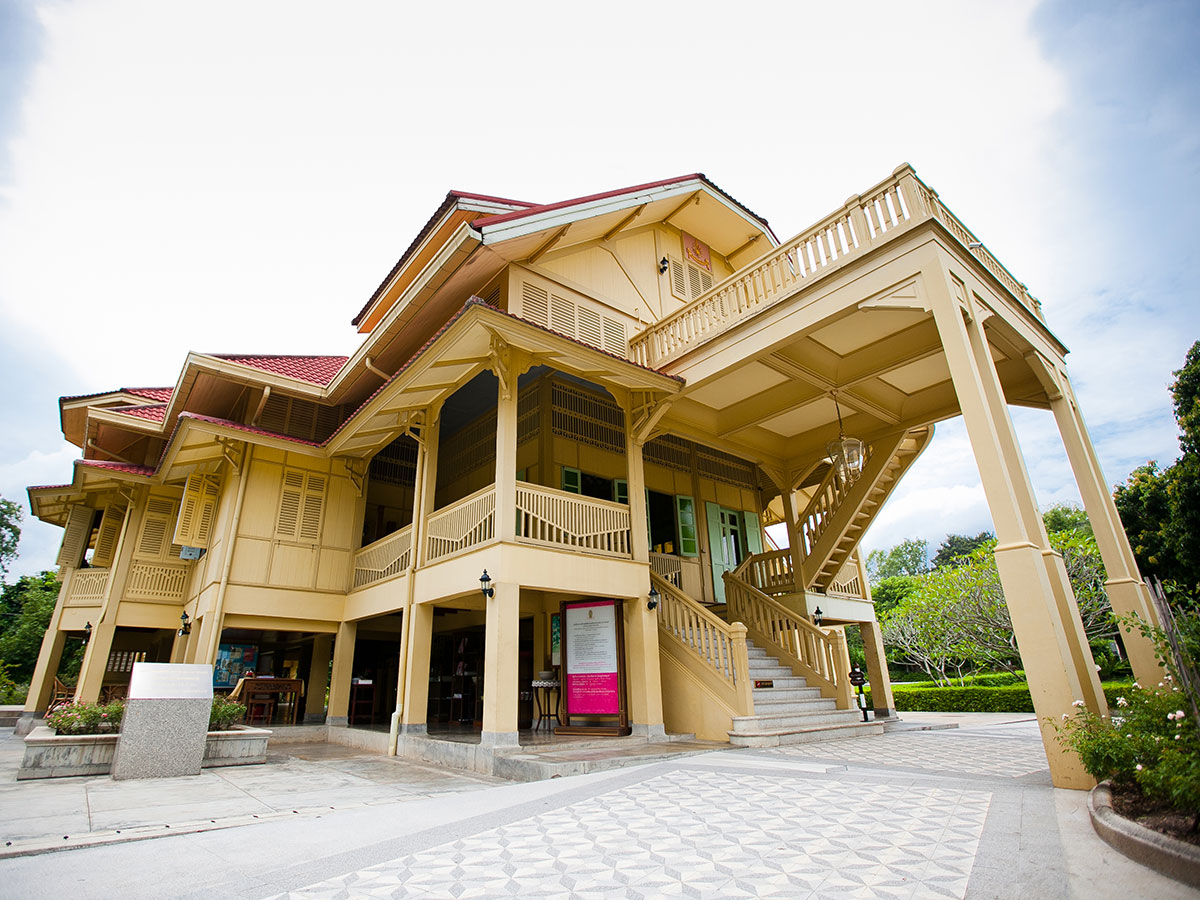
Chulalongkorn University hopes that the Daraphirom Palace Museum will make a statement that we owed it to Princess Dara Rasmi, who had devoted much of her life to helping the people of Northern Thailand.
When the University acquired the property, it was in a state of disrepair, although the basic structure remained sound. The Palace is a prime example of Western-influenced architecture in Thailand in early 20th century. The restoration started in October 1998 was decided to stay true to the building’s original design. A collection of objects associated with the life of the Princess was assembled and placed in the various rooms to best resemble the palace when the Princess was residing.
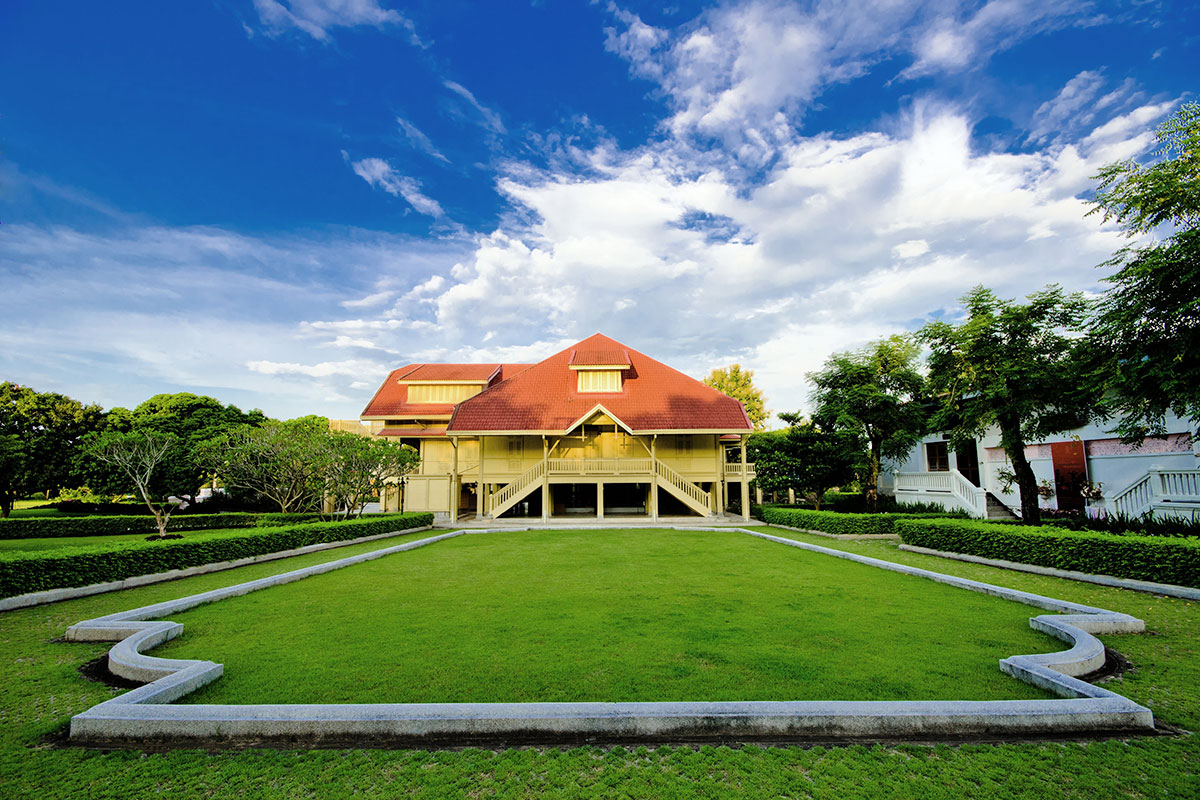
Rooms in Daraphirom Palace Museum:
- Corridor displays an exhibit on the history of the Chiangmai Dynasty, the life of Princess Dara Rasmi and Daraphirom Palace Museum.
- Living Room displays objects associated with the life of Princess Dara Rasmi and household items from the period.
- Bedroom displays objects associated with the life of Princess Dara Rasmi and household items from the period.
- Lounge displays a collection of dishes, personal effects, and musical instruments.
- Exhibit room display an exhibit highlighting the Princess’s involvement in religion, agriculture, and the arts.
- Exhibit room displays clothing and textiles of blended Bangkok-Northern style designed by the Princess.
- Bathroom.
- Downstairs displays a collection of farming equipment used at the experimental farm, Suan Chao Sabai, and weaving tools used to make clothes for the Princess.
The Life of Her Highness Princess Dara Rasmi
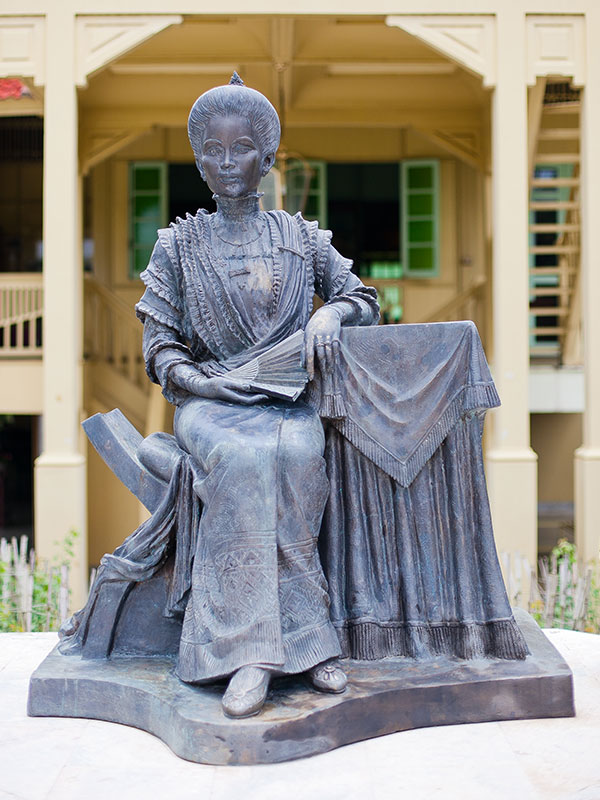
Her Highness Princess Dara Rasmi, a daughter of Prince Intavichayanon, ruler of Chiangmai, was born on August 26, 1873 at her father’s palace in Chiangmai. When she came of age, she accompanied her father to Bangkok for a royal ceremony and was asked by King Chulalongkorn to remain at the court as his consort where she later gave birth to the King’s daughter who tragically died at the age of three. Upon her father’s death 22 years later, Princess Dara Rasmi was granted a permission to return home in Chiangmai and promoted as one of the King’s official wives. She returned to Bangkok in 1910, only ten months before King Chulalongkorn deceased on October 23th of the same year.
During the early years of the reign of King Rama VI, Princess Dara Rasmi continued to live in a mansion in Dusit Palace until she was granted a royal permission to return home in 1914, where she resided peacefully until she passed on December 9, 1933 with a lung disease. She was granted a royal cremation by King Rama VII. Part of her ashes was buried in a stupa she had previously built at Suan Dok Temple in Chiangmai, and the remainder was enshrined at the royal cemetery at Ratchabophit Sathitmahasimaram in Bangkok.
Staff
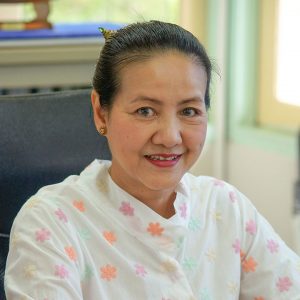
Kitinard Muangnoicharoen
Head of Daraphirom Palace Museum
053-299-175
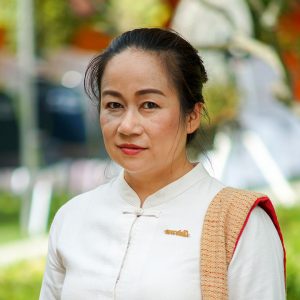
Siriluk Krutgern
เจ้าหน้าที่สำนักงาน
053-299-175
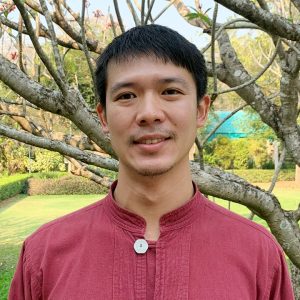
Anupan Wannapira
เจ้าหน้าที่บริการงานช่าง
053-299-175
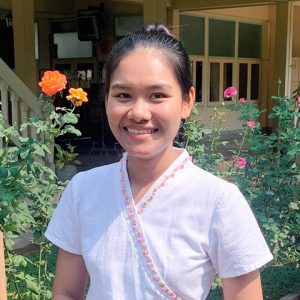
Putthiporn Sintanamarapan
Officer
+66 53-299-175
Contact
Daraphirom Palace Museum
Rim Tai, Mae Rim District, Chiang Mai 50180
Tel. +66 53 299 175
Museum Hours
Mondays – Sundays 9:00-17:00 Hrs.


